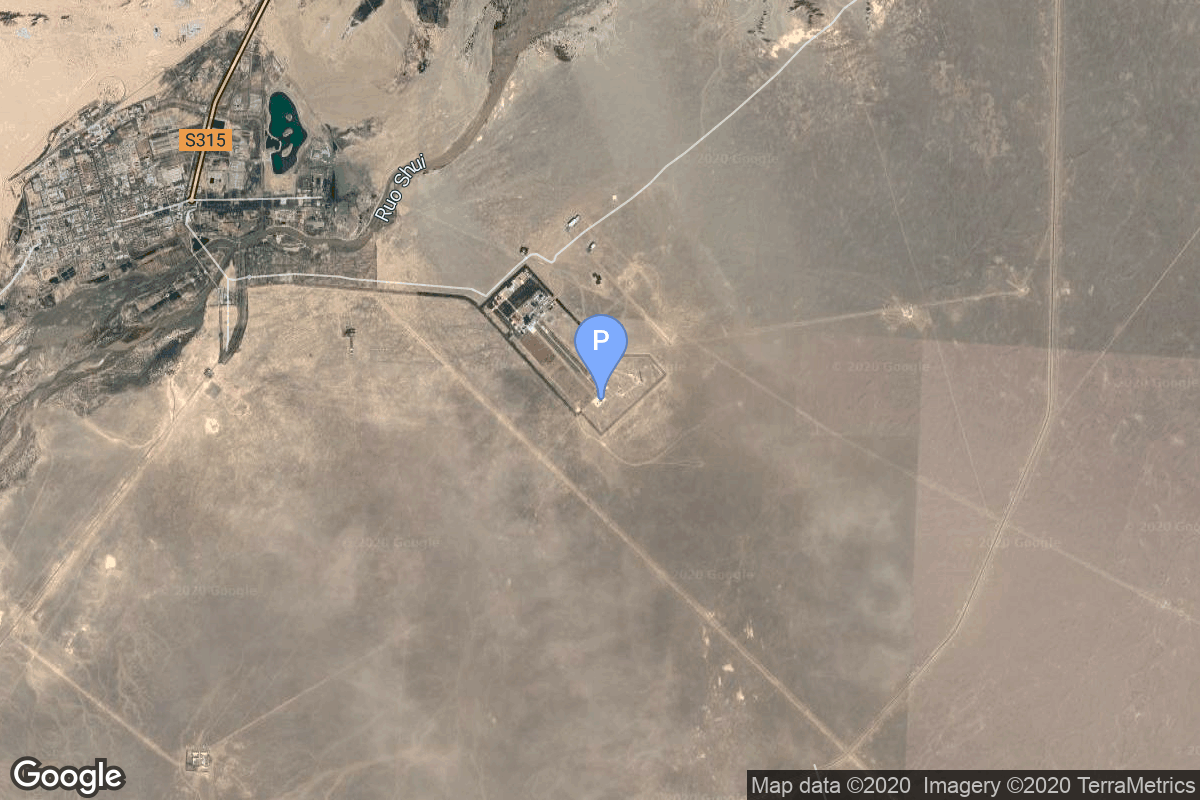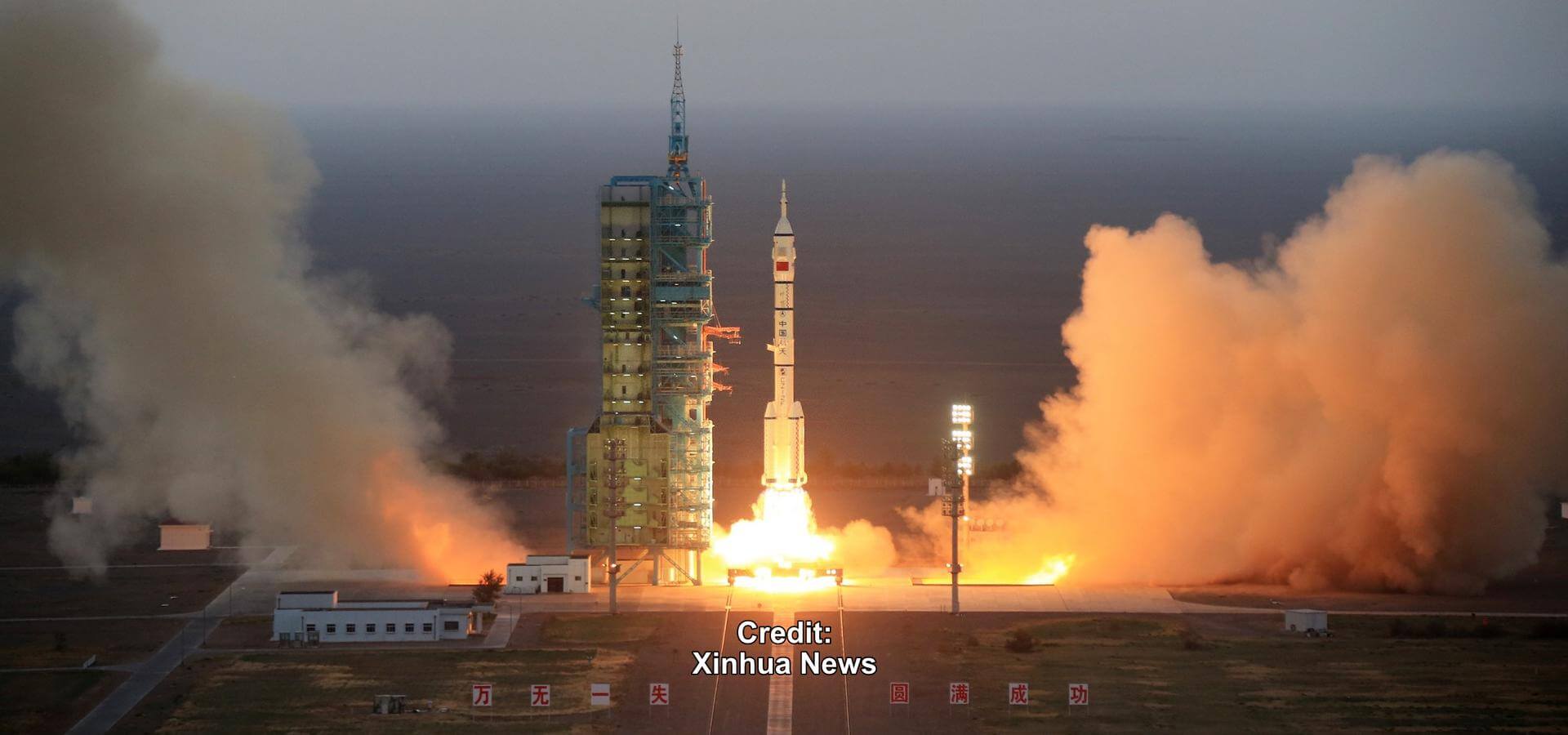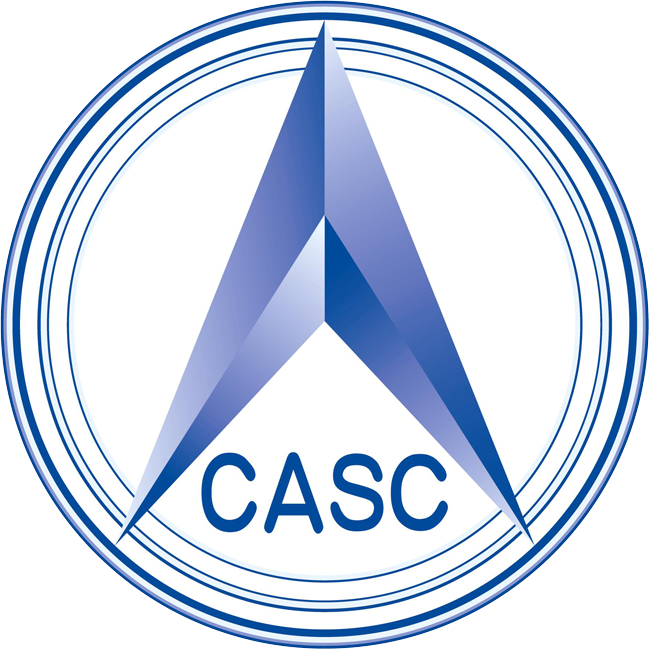Shenzhou-8 & Shenzhou-8-GC
Long March 2F/G
China Aerospace Science and Technology Corporation
Mission
Shenzhou-8 & Shenzhou-8-GC
- Type: Human Exploration
- Orbit: Low Earth Orbit
This is the first docking mission for China’s Shenzhou program. Being the first spacecraft to visit the Tiangong-1 space station, it was launched without crew to demonstrate spacecraft rendezvous and docking techniques. The spacecraft docked automatically to the station on 2 November 2011. A second undocking and re-docking to test accuracy and reliability of equipment and sensors in a bright environment was performed on 14 November 2011. Shenzhou 8 undocked on 17 November 2011 and landed safely back on Earth the same day.
Location
Launch Area 4 (SLS-1 / 921)
Jiuquan Satellite Launch Center, People’s Republic of China
Launch Area 4 (SLS-1 / 921) has witnessed the launch of 22 rockets, including 22 orbital launch attempts, while Jiuquan Satellite Launch Center, People’s Republic of China, has been the site for 222 rocket launches.
Rocket
China Aerospace Science and Technology Corporation Long March 2F/G
The Long March 2F is a Chinese orbital carrier rocket, part of the Long March 2 rocket family. Designed to launch the crewed Shenzhou spacecraft, the Long March 2F is a human-rated two-stage version of the Long March 2E rocket, which in turn was based on the Long March 2C launch vehicle. It is launched from complex SLS at the Jiuquan Satellite Launch Center.
Agency
China Aerospace Science and Technology Corporation
The China Aerospace Science and Technology Corporation (CASC) is the main contractor for the Chinese space program. It is state-owned and has a number of subordinate entities which design, develop and manufacture a range of spacecraft, launch vehicles, strategic and tactical missile systems, and ground equipment. It was officially established in July 1999 as part of a Chinese government reform drive, having previously been one part of the former China Aerospace Corporation. Various incarnations of the program date back to 1956.


